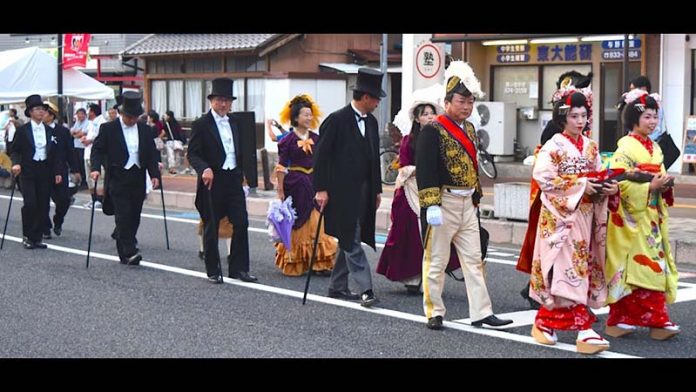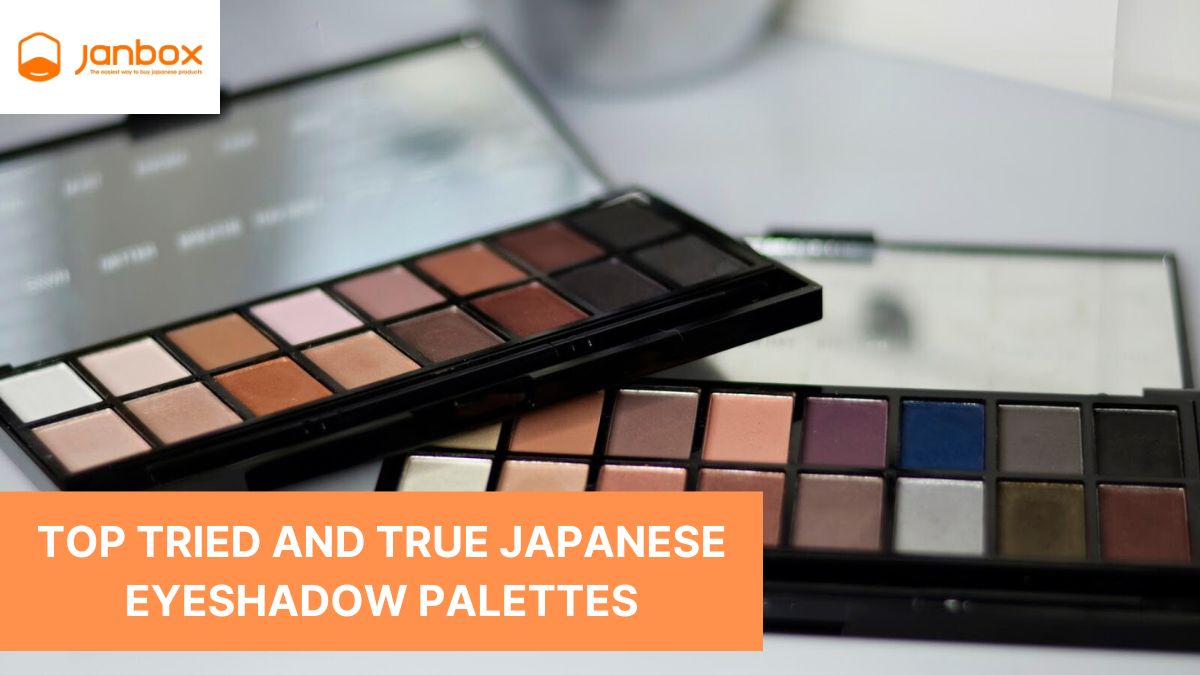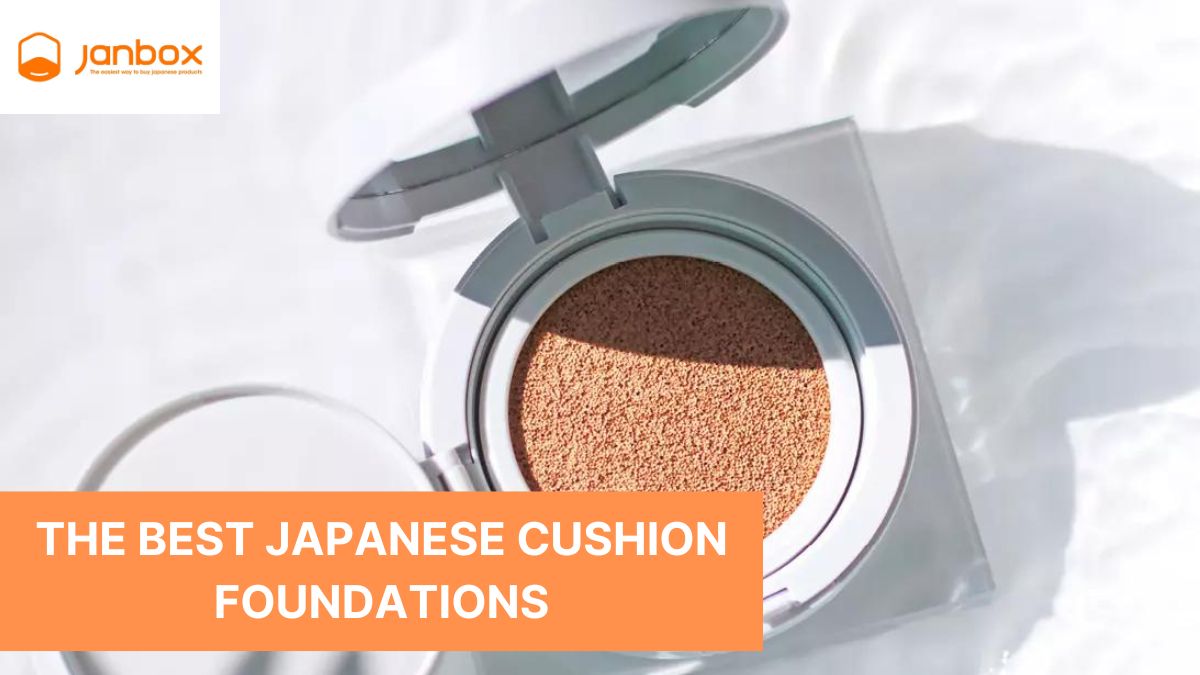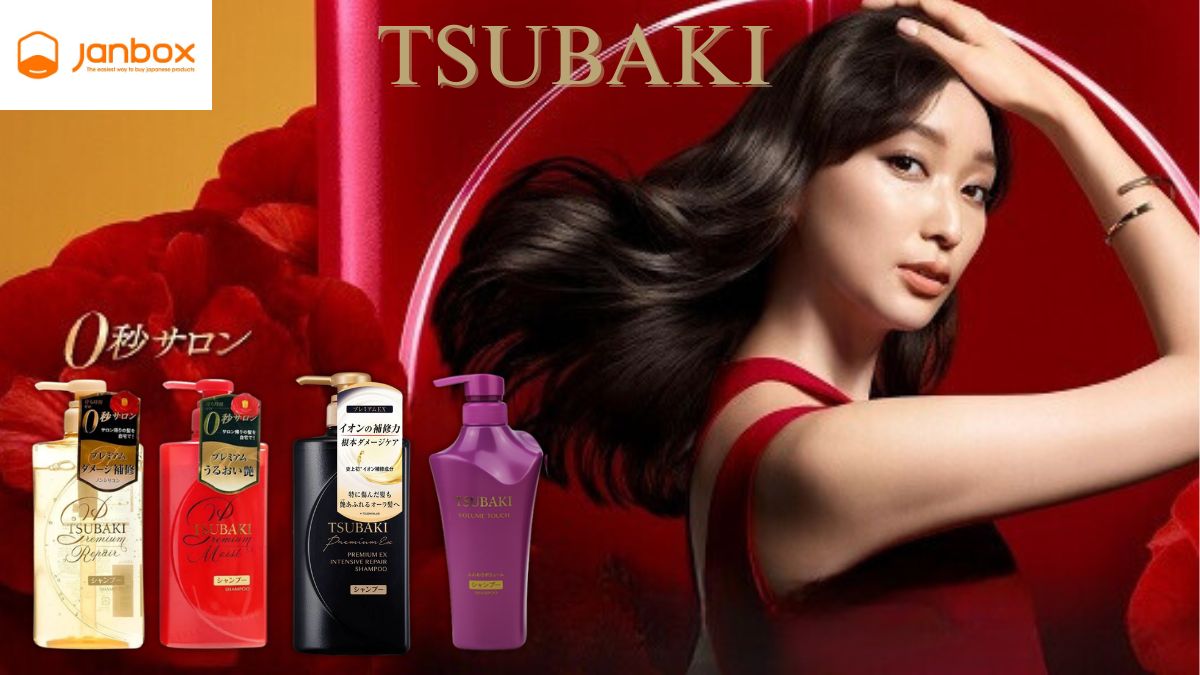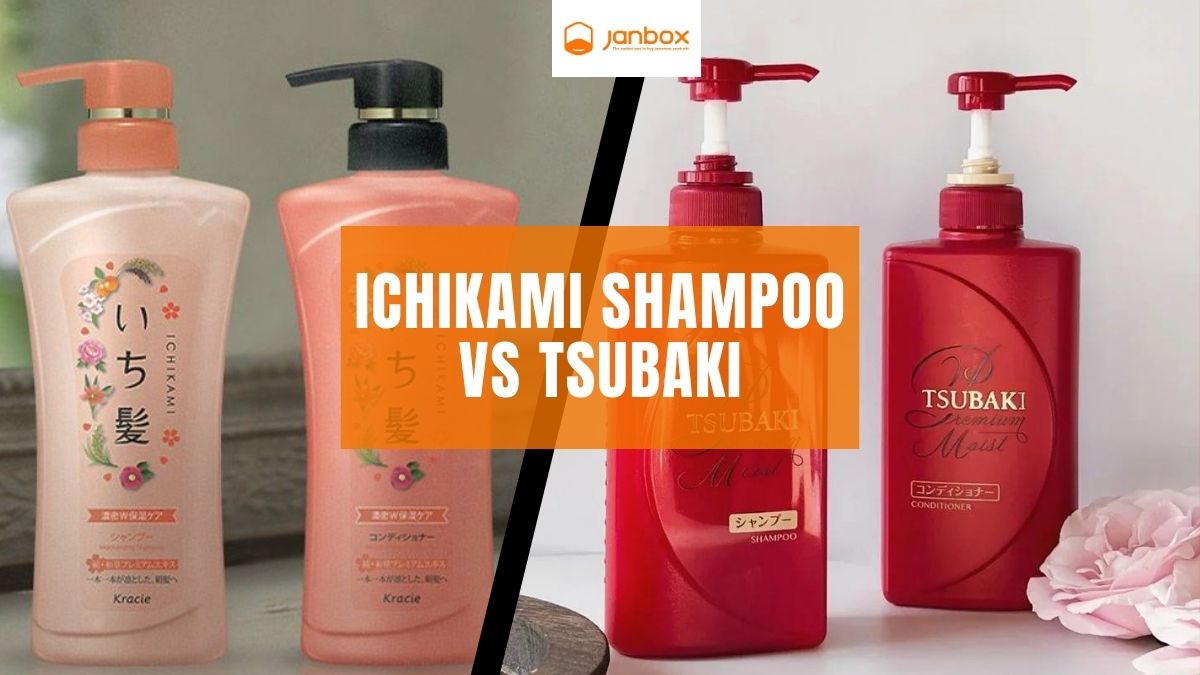Learn about the Taisho era in Japan. Japanese culture since ancient times has brought many unique and distinctive features. With a special geographical position when completely surrounded by the sea and due to the large islands put together, Japan has advantages in terms of climate as well as natural resources. Besides that, it also suffered from many natural disasters such as earthquakes and tsunamis, causing serious loss of life and property.
However, with a strong will and a spirit of solidarity, the Japanese have brought their country to the level of the leading powers, making the whole world admire it. One of the remarkable periods in the history of this country is the Japanese Taisho era. In this article, let’s join us to learn about the outstanding history, culture, and art of this period.
I. Brief History of the Taisho Era
The Taisho period which lasts from 1912 to 1926 in Japanese records is similar to the reign of the Taisho emperor, Yoshihito (1879–1926). It accompanied the Meiji period and represented a continuation of Japan’s upward push on the worldwide scene and liberalism at home.
Politically, the country moved towards a more broadly representative government. The tax standard for voting was reduced, attracting more voters, and eliminated in 1925. Party politics flourished, and pro-labor legislation was passed.
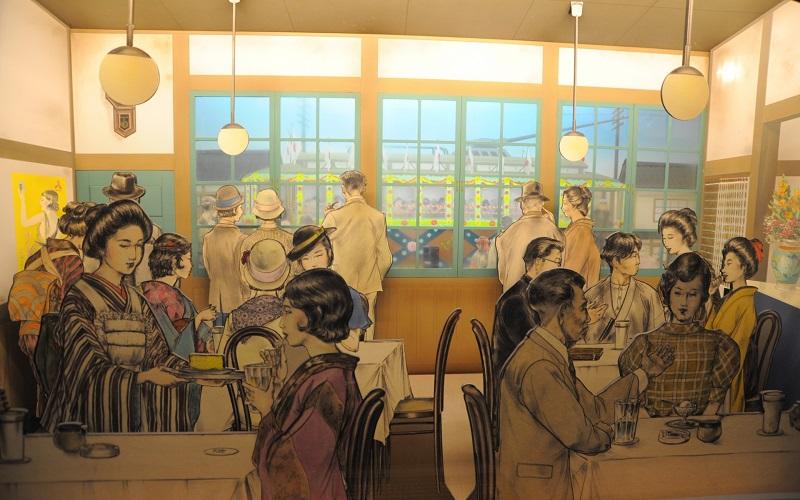
Japan continued to push China for economic and political concessions and concluded treaties with Western nations that acknowledged their interests in Korea, Manchuria, and the rest of China. Rural Japan was not as developed as the urban one, and the economic downturn of the late Taisho era Japan caused much suffering.
Japan won the Russo-Japanese War, which reduced international tensions in Asia, and led to the formation of the Chinese Revolutionary Alliance (Tongmenghui) in Tokyo in 1905 and the others want to win freedom and democracy. At the same time, the rapid development of capitalism and Japan’s economic growth raised political and civic awareness among the public.
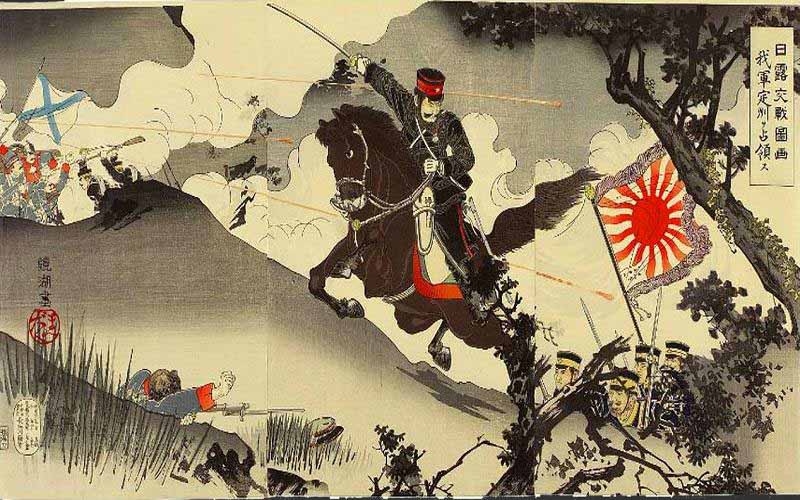
In addition, it leads to the formation of various voluntary groups to solve many problems and build a social environment. This encourages action for freedom and human rights and liberates people from oppression.
This Japanese Taisho period in records was quite short, however inside those fourteen years, many crucial activities occurred, along with Japan coming into the First World War and the Great Kanto Earthquake in 1923, and then over 100,000 humans had been declared dead or missing.
It was also the time of Taisho Democracy, in the course of which the ideologies of liberalism and democracy spread. Japan’s authorities and society commenced making large movements in the direction of the current day.
>>> Read more: What is Obon? A Complete Guide The Obon Festival in Japan
II. The culture of the Taisho period
The Taisho era is often considered the first era of modern Japan when Western influences could coexist alongside tradition. This period was also a continuation of the process of Westernization that began in the Meiji period. Taisho era art and culture flourished as a result of opening up to Western influences and technologies. There was an interesting mix of imported styles with traditional art.
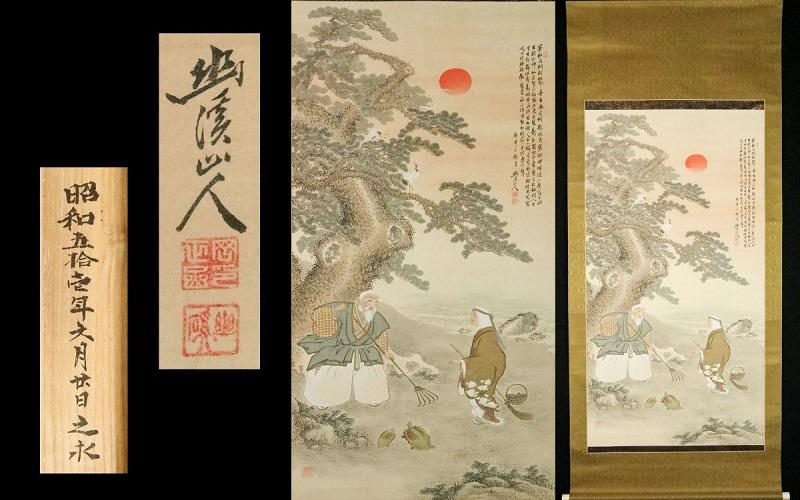
1. Art
Actually, it is difficult to name those who were active only during the Taisho period because of its short time frame. In this part, we will introduce the three following people Takehisa Yumeji, Koji Fukiya, and Kasho Takabatake, who lived through the interim period between Meiji and Showa and expressed a Taisho Roman feeling in their works, (Taisho Roman refers to a trend of thought or culture that conveys the atmosphere of the Japanese Taisho period).
1.1. Yumeji Takehisa
Yumeji Takehisa (1884-1934) was a Japanese painter and poet. He drew a variety of Bijinga (pics of stunning ladies), and such works created by Yumeji Takehisa are called ‘Yumeji shiki bijin’ (stunning ladies of Yumeji style), which display his precise feel of beauty. His works mostly were painted on scrolls and folding screens using Japanese painting techniques, but some images of women and landscapes were painted on canvas using oil painting techniques.
At that time, his works were printed on book covers or in advertisements, that’s why they became popular among people. He experimented with many different styles of art, and they were regarded by later generations as great art.
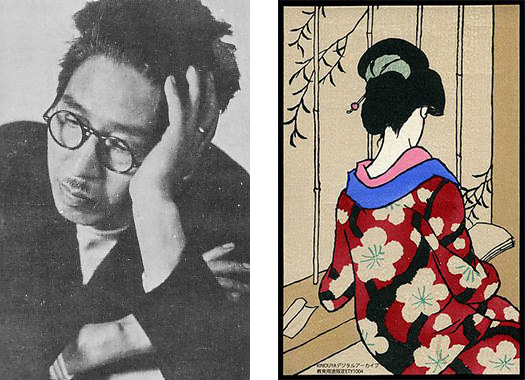
During that time, many different trends were being mixed in the art world, and it was caught in the midst of an unstable period of changes. Since consumer lifestyles had been expanded by the proliferation of popular culture in cities, the design had begun to be used as applied art, an area where Yumeji also focused.
In later life, with the talent of a designer, he seemed to have actively defined the concept of commercial art (later known as graphic design), as art related to life, or in other words, the belief that art should be associated with the industry.
1.2. Koji Fukiya
Koji Fukiya was a young artist, born in 1898 in the town of Shibata in Niigata Prefecture. Fukiya drew fashionable women with droopy willow figures, beautiful hair, and big round eyes. Whether depicted in kimono or Western clothing, his ladies always seem to wear what his readers crave most. His paintings quickly became highly demanded and appeared in several newspapers and magazines.
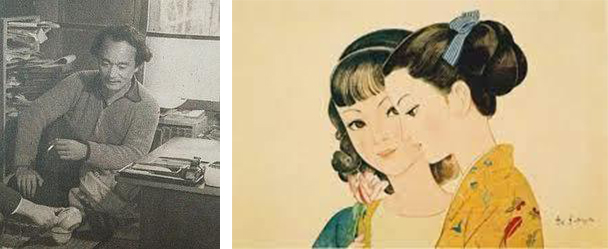
He had clearly reached his peak when portraying the romantic image of trendy young beauties. Fukiya was honored in 2011 with a huge retrospective held at the Sogo Museum of Art in Yokohama and the Kariya City Museum of Art in Aichi Prefecture. Today, people are still impressed with the romantic, stylish images of beautiful young women that he portrayed.
1.3. Kasho Takabatake
Kasho Takabatake (1888-1966) was born in Ehime, Japan. He was a famous illustrator and a graphic designer from the years 1920-to 1930. His works were mostly posted in magazines and newspapers, which greatly influenced people’s interest in Western culture at that time.
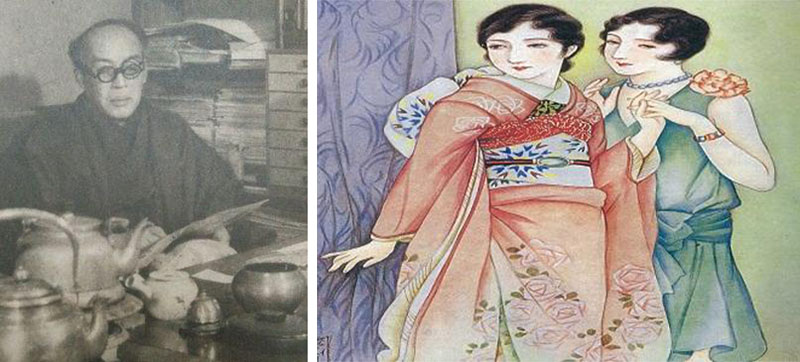
The images of handsome boys and stylish girls in Kasho’s work are known as one of the origins of Japanese manga. His artworks are not only nostalgic but also contemporary for the Japanese, particularly for the young generation of art creators.
>>> Read more: What is Matsuri – The best Festival in Japan
2. Taisho era fashion
The development of radio, magazines, and cinema promoted fresh styles such as decorated collars and new patterns in kimonos, at affordable prices. The West and the East began to share fashion trends, and by the late 1920s, popular women’s fashion had become globally similar.
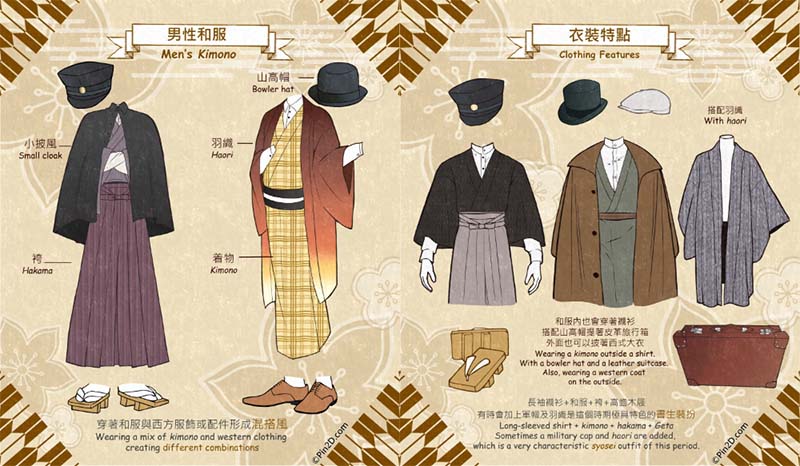
Regarding Taisho era fashion, charming slim lines with vertical ruffles in gowns, robes, and skirts were popular. However, many adult Japanese women still preferred traditional clothes, some experimented with modern hairstyles and started to dress their children in pants, skirts, shirts, and dresses. Meanwhile, men were more and more accustomed to wearing jackets, vests, and caps.
III. Light novels and Manga about the Taisho Era
There have been many light novels, stories, and manga set in the Japanese Taisho era. The plots partly reflect the social, cultural, and human reality of that time. Now we will introduce readers to some outstanding series about that period. And you can easily own those series by ordering through our Janbox website.
1. Demon Slayer
The plot takes place during the Japanese Taisho period, which occurred in the early 20th century, and inspiration from this time can be seen in some of the character designs and environments. Throughout the show, the story presents significant cultural differences between rural Japan and the more modernized locations of the country through Tanjiro’s journey. Why don’t you order this series now to accompany Tanjiro Kamado, discover Taisho era secret demon slayer, and better understand the Japanese culture of that time?
2. Rozen Maiden
Rozen Maiden is a Japanese manga series written and illustrated by Peach-Pit. The story is about Jun Sakurada, due to a trauma at school, he spends all day at home shopping for things online and will send them back before the free trial period ends. His life is completely changed after he accidentally circled “Yes” on a sticky note.
Then he receives a box with a doll inside. She starts walking and talking like a normal person. She introduces herself as Shinku, the fifth doll in the Rozen Maiden collection, a special group of dolls created by legendary dollmaker Rozen. These two sisters must fight each other in a contest called the Alice Game with the help of humans to ensure victory. The winner becomes Alice, a girl who truly deserves to meet their creator.
As more sentient dolls take up residence in Jun’s house, and enemies from Shinku’s past appear, Jun’s life becomes much more complicated than he thought it would be.
>>> Read more: Where To Buy Japanese Manga? 10+ Japanese Manga Online Stores
3. Nightmare Inspector
The series Nightmare Inspector is set during the end of the Taisho era in Japan. This will help you immerse yourself in the world of myths and youkai that eat dreams.
At the Ginseikan teahouse, located quietly in a small corner of the capital, there is a Baku named Hiruko who specializes in eating nightmares. People who are haunted by mysterious nightmares often come here to find Hikuro with the desire to free themselves from their delusions and fears.
Hiruko helps people by entering their nightmares with the help of his supernatural cane that puts them to sleep and helps remove the nightmare before eating it. He loves painful nightmares and will do anything to get one.
4. Light and Darkness
Light and Darkness is the last novel by Natsume Soseki, which was incomplete at the time of his death in 1916. The main characters, thirty-year-old Tsuda Yoshio and his wife O-Nobu, twenty-three, are among the earliest examples of three-dimensional characters in Japanese fiction.
O-Nobu is quick-witted, cunning, spoiled, and insecure but above all, very chivalrous. Under Soseki’s supervision, she emerges as a heroine and duels her husband, his troublesome friend, Kobayashi, and her sister-in-law, O-Hid. Tsuda conducts his own battles with Kobayashi, O-Hid, and Madam Yoshikawa, the boss’s wife. These exchanges explode into moments of intense and acrimonious jealousy that will surprise English-speaking readers who expect indirection, tact, and caution in Japanese relationships.
It can be said that the culture of the Taisho period is a vibrant one that is strongly present in the popular culture of Japan today. If you’re interested in finding exclusive Japanese merchandise that can add a Taisho artistic influence to your lifestyle, using our proxy shipping service like Janbox to order from Japanese stores would be a good choice for you.
In conclusion, the Japanese Taisho era was a period of great change, in which Western culture permeated Japanese popular culture and significantly changed the Japanese way of life.
>>> Read more: Top 20+ Best Things To Buy In Japan [Unique From Japan]
Please click on the link of the novel to buy products directly from Japan and have them shipped to your front door regardless of where you are.
Website: https://janbox.com
Email: [email protected]
Facebook: https://www.facebook.com/janbox.com.en

